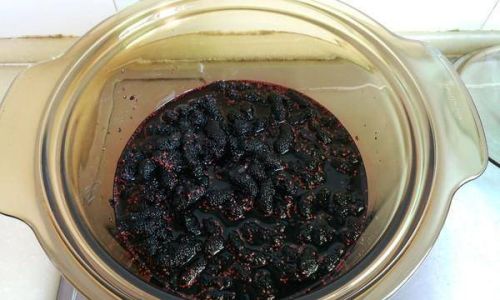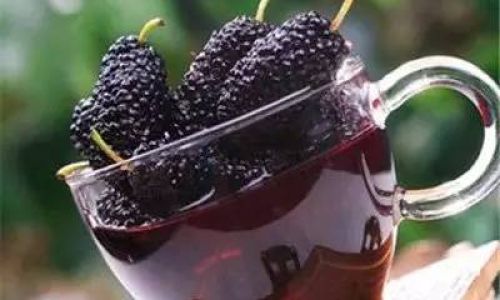Introduction
Chocolate, a sweet treat derived from the cacao bean, is beloved by millions worldwide for its rich, creamy texture and decadent flavor. Whether enjoyed as a standalone snack, incorporated into desserts, or gifted during special occasions, chocolate holds a unique place in our hearts and culinary traditions. However, maintaining its freshness and quality can be a challenge, especially given its sensitivity to temperature, humidity, and light. This comprehensive guide will delve into the intricacies of how to preserve chocolate, ensuring it retains its optimal taste, texture, and appearance for as long as possible.
Understanding Chocolate’s Composition
Before discussing preservation techniques, it’s crucial to understand the basic composition of chocolate. Chocolate is primarily made up of cocoa butter, cocoa solids, sugar, and, in some cases, milk or dairy products for milk chocolates. Cocoa butter, a natural fat, gives chocolate its smooth, melt-in-your-mouth texture. Cocoa solids provide the chocolate with its characteristic flavor and color. Sugar balances the bitterness of cocoa and enhances sweetness. The combination of these ingredients makes chocolate highly susceptible to environmental factors that can lead to spoilage if not stored properly.
Temperature Sensitivity
Temperature fluctuations are chocolate’s nemesis. Chocolate has a specific melting point, typically around 90-92°F (32-33°C), below which it solidifies and above which it begins to melt. Exposure to warm temperatures can cause chocolate to soften, lose its shape, and develop a greasy texture known as “bloom.” Bloom occurs when cocoa butter separates and migrates to the surface, creating a white or gray discoloration. While bloom doesn’t affect the taste, it detracts from the visual appeal.
To avoid this, store chocolate in a cool, dry place away from direct sunlight and heat sources like radiators or ovens. Ideally, a temperature between 60-68°F (15-20°C) is optimal for chocolate storage. If you live in a warm climate or during summer months, consider using a refrigerator’s crisper drawer or a dedicated chocolate storage container with temperature control features. However, be mindful that refrigerating chocolate can lead to condensation if not handled properly; wrap it tightly in plastic wrap or airtight containers before placing it in the fridge.
Humidity and Moisture Control
Humidity is another enemy of chocolate. Excessive moisture can cause chocolate to absorb water, leading to surface softening, mold growth, and loss of crispness. To prevent this, ensure your storage area is well-ventilated and has low humidity levels. Avoid storing chocolate in damp basements or bathrooms where humidity levels are high.

If you must store chocolate in a humid environment, consider using desiccants like silica gel packets to absorb excess moisture. Additionally, airtight containers made of materials like stainless steel or glass with tight-fitting lids can provide an extra layer of protection against moisture intrusion.
Light Exposure
Light, particularly ultraviolet (UV) rays, can degrade the quality of chocolate over time. UV light can cause fats in chocolate to oxidize, leading to rancid flavors and discoloration. Therefore, it’s essential to store chocolate in opaque containers or wrap it in dark packaging that blocks out light. Avoid transparent containers or storing chocolate on open shelves where it’s exposed to direct sunlight.
Proper Packaging
The packaging you choose for storing chocolate plays a vital role in preserving its quality. Airtight containers are ideal as they prevent oxygen exposure, which can lead to rancidity and stale flavors. Opt for containers made of materials that don’t react with chocolate, such as stainless steel, glass, or high-quality plastic. Avoid using containers lined with aluminum foil or those that have a metallic taste, as they may transfer unwanted flavors to the chocolate.
For long-term storage, consider vacuum-sealing chocolate to remove as much oxygen as possible. Vacuum-sealed packages can extend the shelf life of chocolate significantly by slowing down the oxidation process.
Handling and Storage Practices
When handling chocolate, always use clean utensils and avoid touching it directly with your hands, as oils from your skin can cause spoilage. If you need to cut chocolate, use a sharp knife to avoid crushing the pieces and exposing more surface area to potential contaminants.

Once opened, consume chocolate within a few months to enjoy its best quality. If you must store it for longer, follow the previously mentioned guidelines for temperature, humidity, and light control. Additionally, label your chocolate with the opening date to keep track of its freshness.
Special Considerations for Different Types of Chocolate
Different types of chocolate have varying degrees of sensitivity and storage needs. Dark chocolate, with a higher cocoa solid content, is generally more stable and has a longer shelf life than milk or white chocolate. Milk chocolate, containing dairy products, is more prone to spoilage and should be consumed sooner. White chocolate, made primarily from cocoa butter, sugar, and milk solids, is particularly susceptible to heat and humidity, so it requires even more vigilant storage conditions.
Conclusion
Preserving chocolate to retain its optimal taste, texture, and appearance requires attention to detail and an understanding of its unique composition and sensitivity to environmental factors. By storing chocolate in a cool, dry place with low humidity and light exposure, using appropriate packaging, and handling it with care, you can enjoy its deliciousness for months, even years, after purchase. Remember, the key to successful chocolate preservation lies in consistency and vigilance. With these guidelines, you can keep your chocolate treats fresh, delicious, and ready to indulge in whenever the mood strikes.




0 comments